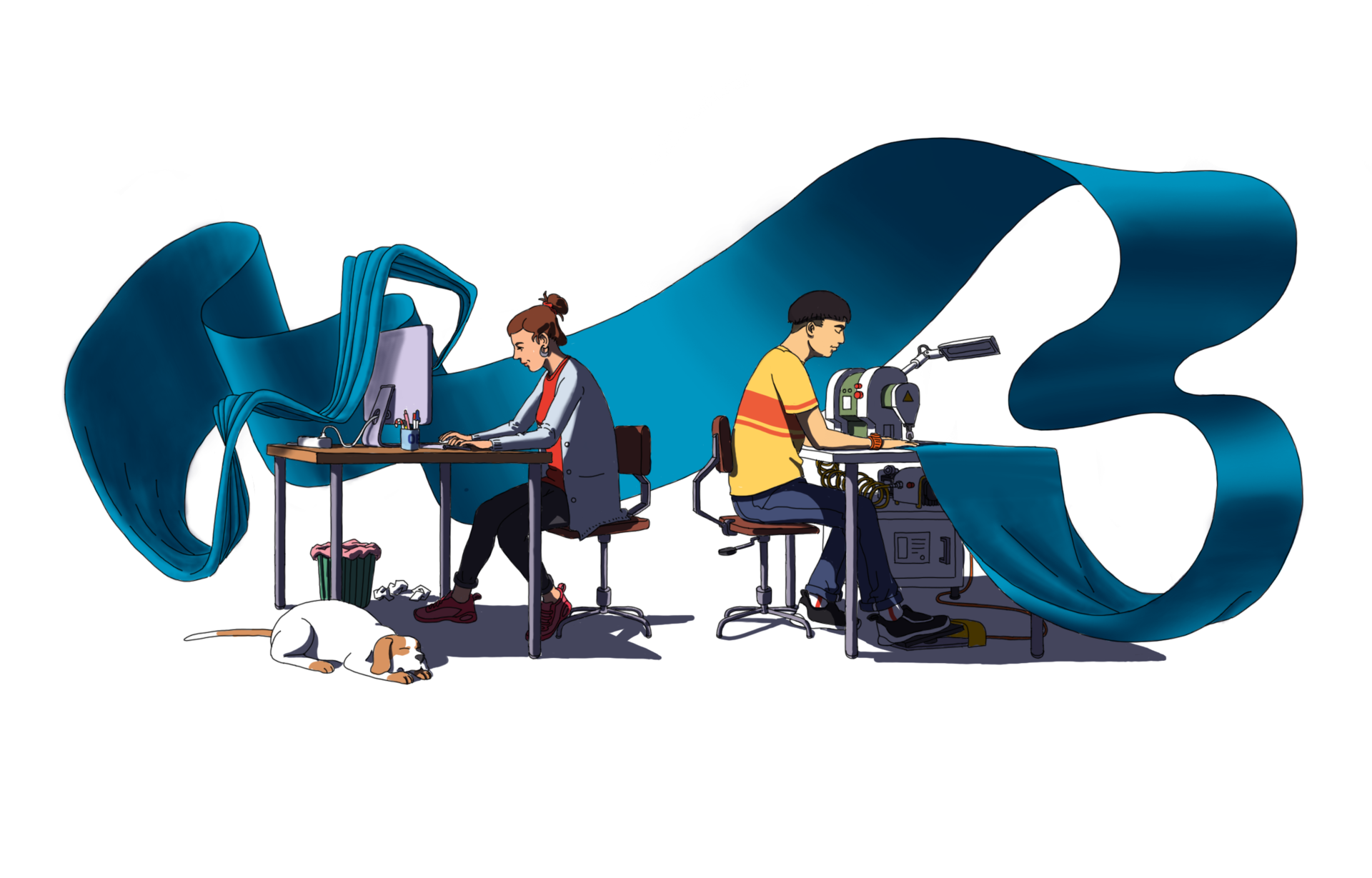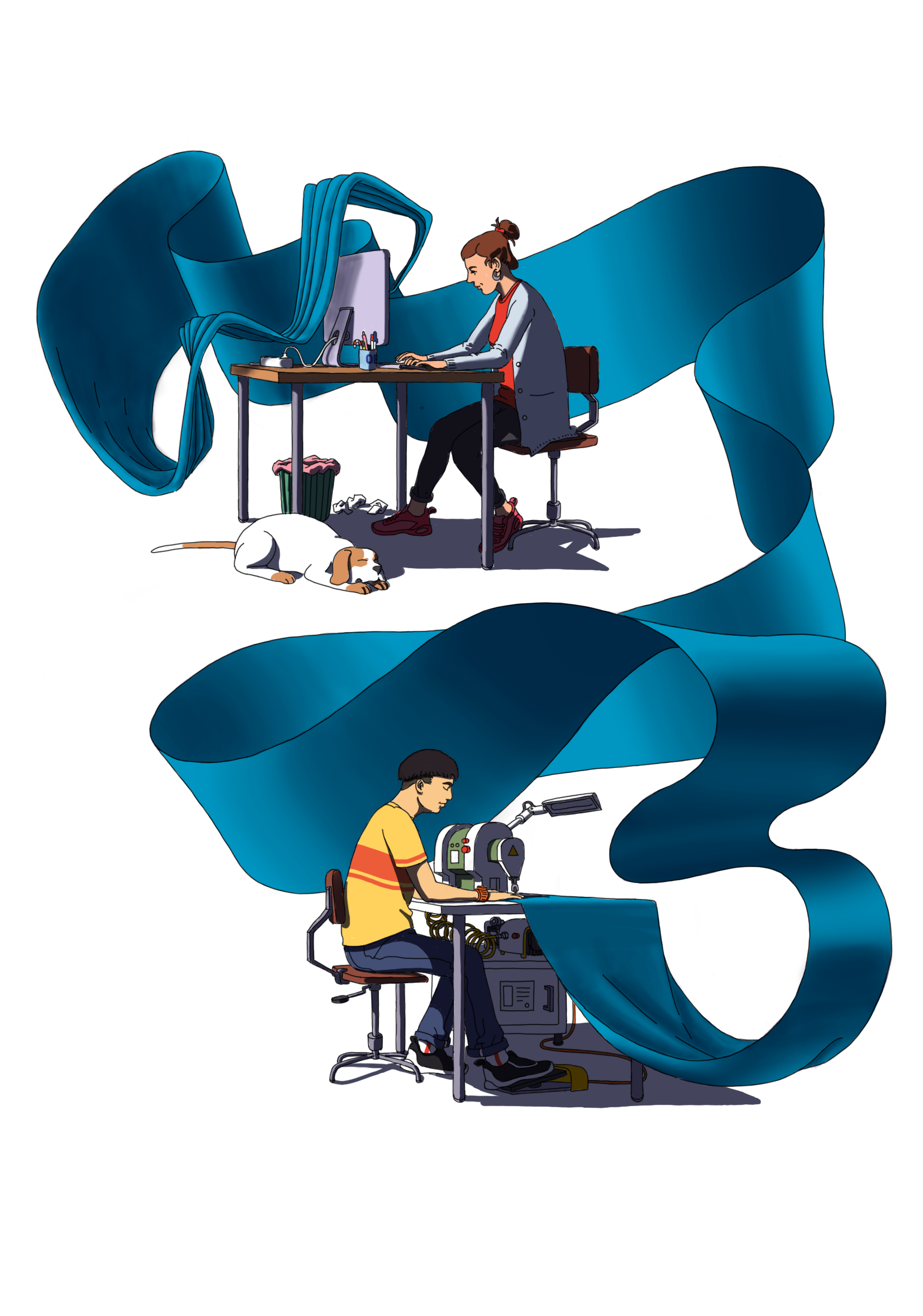Global, yet local? Supply chains under pressure
Is globalization reaching its limits? When you sell all over the world, what does ‘local production’ really mean? Over four episodes, we’re explore the outdoor industry’s complex supply chain network and ask how high-tech products can be produced sustainably.
Mountain boots from Romania, jackets from China, T-shirts from Bangladesh and knitwear from Italy – the first episode in the series looks at why products are manufactured in certain countries. It shows how the technical skills and experience of the people involved are more important than the costs.
Being committed to Corporate Social Responsibility is more than just a cost factor. Investing in sustainable behaviour and fair working conditions is a sign of quality and guarantees high-quality products. In the outdoor industry in particular, there are increasingly effective alliances to pursue this goal together. Individual brands and companies are working on common initiatives, aside from the competition, to achieve major objectives.
The second episode in the series investigates how powerful cooperation improves conditions at all levels of the supply chain, shows successful projects and looks at the important next steps.
You can only sell what you have in stock. Retailers in particular have had a tough time with recurring supply shortages over the last two years. And the punctuality of ordered goods was an issue and a challenge even before.
In the third part of this documentary series, product managers, designers and producers have their say and provide an insight into the complex processes behind bringing a new outdoor collection to market – right the way through to the individual points of sale. What are the factors involved in developing and manufacturing a new product? Why does the process take so long? And what are the traps and pitfalls?
These days, it’s no longer about making products and collections and moving them to the market as quickly as possible. Instead, it’s important to be able to identify the long-term trends and new customer requirements at an early stage. Acting sustainably means, above all, designing longer-lasting products, researching and developing better materials and more intelligent sourcing. To do this, we need to explore completely different approaches, says Ruth Oberrauch, Executive Board Member of the Oberalp Group, outlining a clear direction: “Innovations that are not sustainable, are not innovations.”



